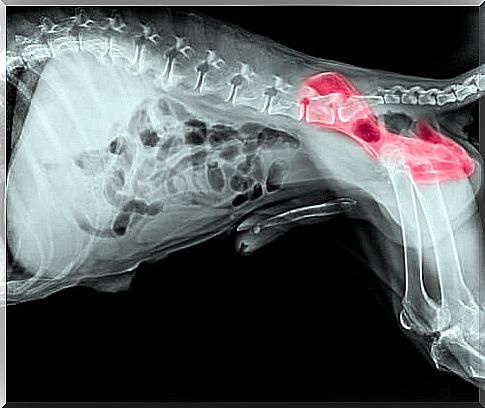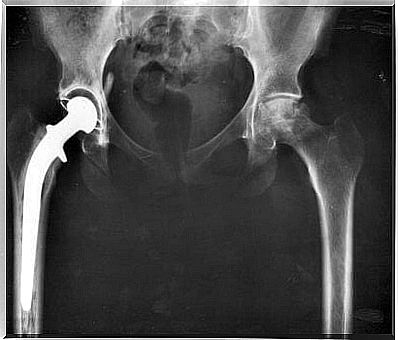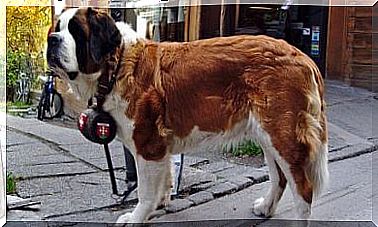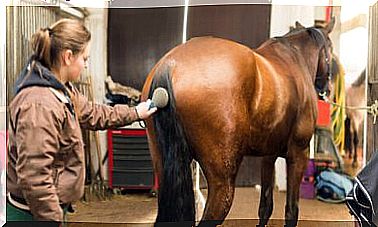Everything You Need To Know About Hip Dysplasia In Dogs

Any owner of an oversized dog is usually aware of the chances that their pet will develop hip dysplasia at some point in their life. While not always preventable, there are several techniques and treatments to solve this problem.
What is and what causes hip dysplasia in dogs
First, to understand what is and what causes hip dysplasia in dogs, it is essential to know the basic anatomy of the hip joint in dogs.
In general, the joints function as gears that, properly lubricated, allow vertebrate animals to move freely through the environment.
In the case of dogs, for hereditary reasons, there is a malformation of the hip joint, that is, of the joint that joins the hip acetabulum to the head of the femur. This causes, instead of functioning as a unit, there is friction between the joint parts as they move, causing wear and loss of functionality.
The factors that influence hip dysplasia in dogs are diverse, although the main one has a lot to do with genetics.
Larger breeds are at greater risk of having it: it is very common, for example, in St. Bernard dogs, German Shepherds and Labradors. Other factors include: growing too fast, inadequate weight, and certain types of exercise.

Symptoms and Treatment of Hip Dysplasia in Dogs
Some dogs begin to show symptoms as early as puppies, while others end up suffering from this condition due to age damage. In both cases, the symptoms presented by the animals are similar:
- Difficulty getting up, running, jumping or climbing stairs.
- Loss of energy and agility.
- Displacement-prone articulation.
- Cracks in articulation with movement.
- Loss of muscle mass in the thigh area.
- Strengthening of shoulder muscles to compensate for lack of hip support.
- Pain and stiffness.
The best way to confirm the diagnosis is to take your pet to a veterinarian for proper physical examinations. An X-ray is usually the definitive test to confirm hip dysplasia in dogs.

As for treatment, there are several techniques that can help your pet regain mobility without surgery.
- A low-calorie diet that reduces the weight your hips need to support.
- Limit exercise, especially on hard surfaces.
- Physiotherapy.
- Analgesics.
- Synovial fluid modifiers.
Among the surgical operations that veterinarians can perform, there is total or partial hip replacement.
Better safe than sorry
The diet of large puppies is more important than we might think to prevent hip dysplasia in dogs. For example, many types of food for large dogs include glucosamine, a supplement that can help reduce symptoms of canine dysplasia and arthritis, recommended by the American Kennel Club.

The owner of a large breed dog should keep in mind that the puppy’s excessively rapid growth can lead to skeletal problems in adulthood, many of which eventually progress to dysplasia.
Special rations for large breeds are prepared to prevent this problem, as well as obesity. However, diet should always be associated with exercise in moderate amounts.









